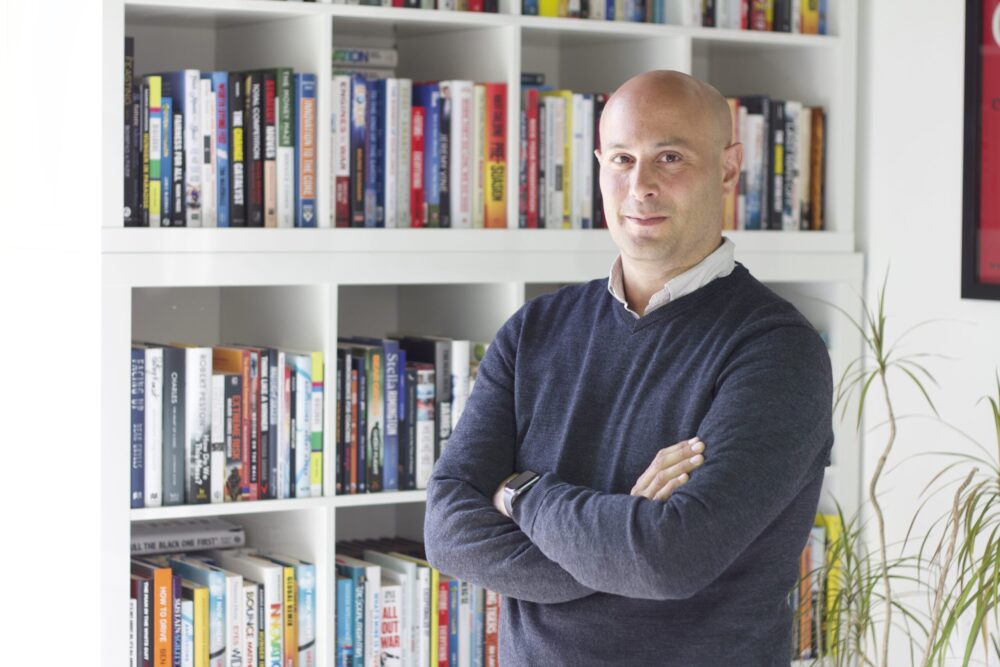Written by Nick Gold, MD of Speaker’s Corner
With lockdown restrictions set to disappear on 19th July, we can use the time counting down to this date reflecting on the achievements we made during the last 15 months.
The business world was forced into remote , yet it was achieved with a level of ease that was a breath of fresh air with the chaos all round. People found corners of their homes to set up a desk and chair, equipment was bought, and the initial wide eyed enthusiasm of the remote world and breakdown of boundaries between work and play was met with general positivity all round.
There is no doubt that sticking plasters were required in the beginning, but as time went on and individuals understood the semi permanency of the situation, desks fashioned from ironing boards were made more permanent, separation of areas between work and home were contrived to give that sense of different to the individual, and the majority of businesses supported as best as they could to provide the right environment.
As the pandemic progressed and there were slivers of light as the medical world started gaining an understanding of Covid-19 and the vaccine programme offered, what was thought to be, a path out of restrictions, the focus turned to looking forward. Conversations started, from a personal perspective about what we had learnt,and what we planned to do when we were allowed, and from a business perspective the future workplace and industry changes were hotly debated.
As we ebbed and flowed with the restrictions and what we could and couldn’t do, we ingested information and opinions from the media, leading to a barrage of polarised opinions about what the future of the workplace was going to look like. We were subjected to the two extremes of ‘remote working is the future’ as some businesses let go of all their office space and ‘as soon as we can, everyone will return to the office full time’ as other businesses focussed on the benefits of the collective energy and environment that the office can create.
But yet, when speaking to most people, at whatever level in a company, there was a general consensus that a hybrid of these two worlds was the future. An acceptance that there were benefits of working from home, but also the office environment was a chance to generate ideas, have human interaction with people who were your colleagues, friends, and companions.
This dichotomy between the media and those having lived experiences created and continues to create an environment which fosters animosity between the team members and the management. As the politicians announced the roadmap to release, this impression of animosity, gave a sense of wariness and a feeling of disconnection within companies.
As time progressed and society moved towards the initial 21st June date, the discussion around the return to work continued to demonstrate a split between how it was presented and what was happening on the ground. In general, companies and staff worked together to find a solution which at the very least, gave flexibility and understanding to every team member to adapt to the business requirements for office and remote working.
While the pathway to release slipped and trust in the timelines dissipated, business realised that progress and growth in themselves was being stunted by this eternal wait on situations which they both had no control in nor any certainty that the theory was going to match the reality. If focus initially was on remote working and ensuring that the individual was set up to work, attention switched to improving those lines of communication which people were missing from the office environment, those meetings and events that casual discussions take place, ideas were sparked and relationships developed within the teams.
Business has realised that the benefits of seeing people in a room together chatting through ideas and problems resulting in ways forward needs to be supplemented by the virtual meeting. There is no doubt the two different types of formats of conversation have stark differences, in person much more free flowing while a good virtual conversation has the benefits of being focussed on providing resolution.
As such, this understanding of the benefits and restrictions of both types of conversation has resulted in individuals and businesses focussing their attention of what is next for meetings and events.
The question is how can these be as effective as possible in a world where we look forward to a hybrid of remote and office working being embedded in society and the coming together of faces on a screen and people in a room will deliver the impact, conversation, learning experiences and results that every individual and business needs in order to grow, develop and challenge themselves.
